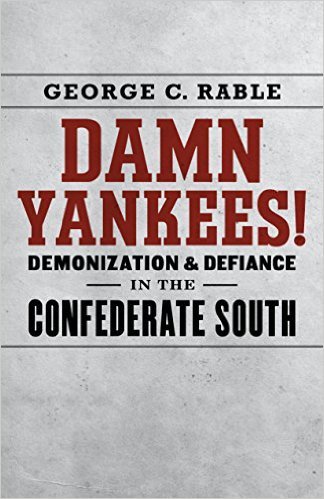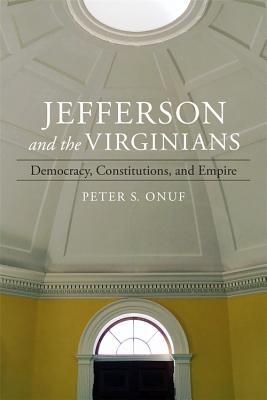But Now I See
The White Southern Racial Conversion Narrative
1999
The term “conversion narrative” usually refers to a particular form of expression that arose in Puritan New England in the seventeenth century. In that sense―the purely religious―the conversion narrative belongs to a rather remote history. But in this lucid, pathbreaking work, Fred Hobson uses the expression in another sense―in the realm of the secular―to describe a much more recent phenomenon, one originating in the American South and marking a new mode of southern self-expression not seen until the 1940s.
Hobson applies the term “racial conversion narrative” to several autobiographies or works of highly personal social commentary by Lillian Smith, James McBride Dabbs, Katharine Du Pre Lumpkin, Sarah Patton Boyle, Will Campbell, Larry L. King, Willie Morris, Pat Watters, and other southerners, books written between the mid-1940s and the late 1970s in which the authors―all products of and willing participants in a harsh, segregated society―confess racial wrongdoings and are “converted,” in varying degrees, from racism to something approaching racial enlightenment. Indeed, the language of many of these works is, Hobson points out, the language of religious conversion―“sin,” “guilt,” “blindness,” “seeing the light,” “repentance,” “redemption,” and so forth. Hobson also looks at recent autobiographical volumes by Ellen Douglas, Elizabeth Spencer, and Rick Bragg to show how the medium persists, if in a somewhat different form, even at the very end of the twentieth century.
But Now I See is a study both of this particular variety of the southern impulse to self-examination and of those who seem to have retained the habit of seeking redemption, even if of a secular variety. Departing from the old vertical southern religion―salvation-centered with heaven as its goal―these racial converts embrace a horizontal religion which holds that getting right with man is at least as important as getting right with God.
A refreshingly original treatment of racial change in the South, Hobson’s provocative work introduces a new subgenre in the field of southern literature. Anyone interested in the history and literature of the American South will be fascinated by this searching volume.














